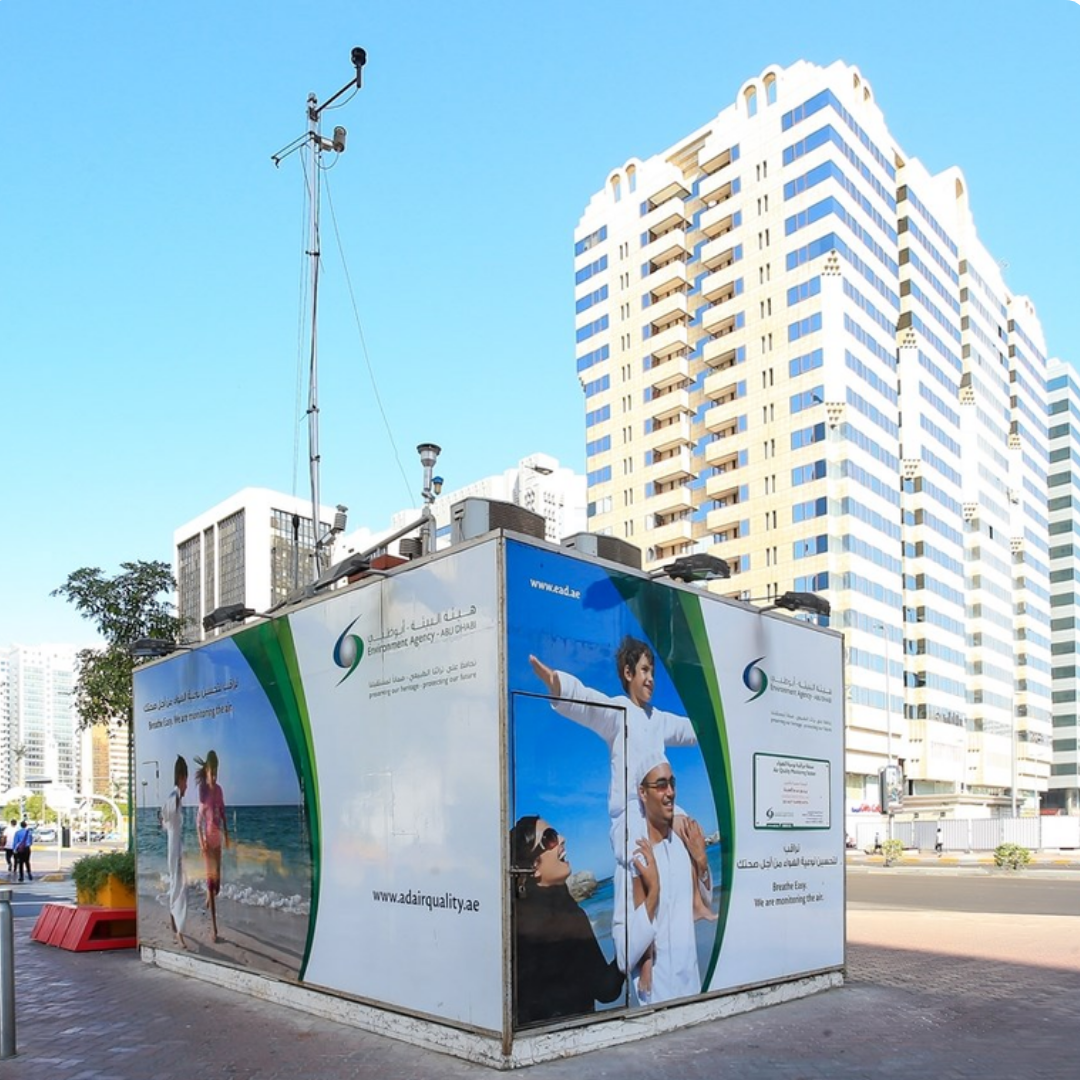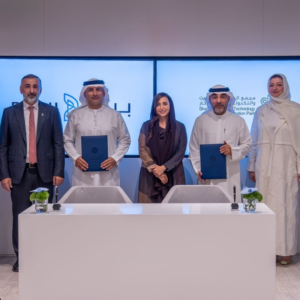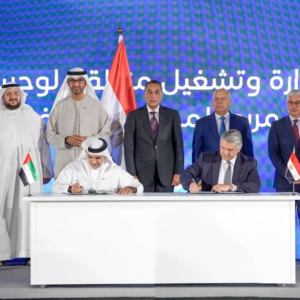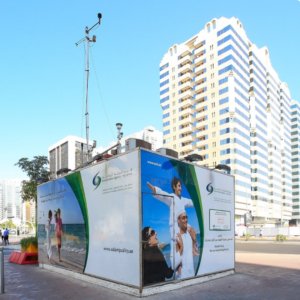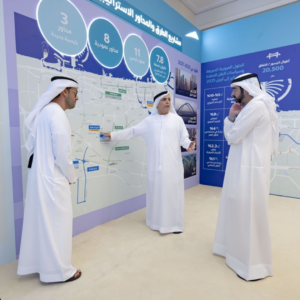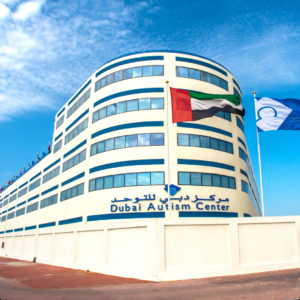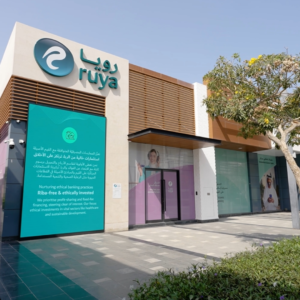Abu Dhabi is taking on sandstorms like never before—armed not with goggles and scarves, but with the power of artificial intelligence and cloud computing. In a groundbreaking move that blends technology with environmental stewardship, the Environment Agency – Abu Dhabi (EAD) has rolled out a cutting-edge system to monitor and forecast air quality in real time, especially during the region’s notorious sandstorms. Think of it as weather forecasting on steroids, but specifically tailored to tackle airborne dust and pollutants.
This innovative solution taps into the incredible speed and scalability of cloud-based platforms, processing vast amounts of environmental data in real-time. AI algorithms analyze this data to predict air quality shifts, giving authorities—and the public—a crucial head start in preparing for health risks and visibility issues. Whether it’s a sudden dust storm sweeping through the city or seasonal haze blanketing the highways, EAD’s smart system ensures that no particle goes undetected.
But this isn’t just about tech wizardry. The real impact lies in how these forecasts protect public health, especially vulnerable groups such as children, the elderly, and those with respiratory conditions. By issuing alerts and updates via apps, dashboards, and media channels, the system empowers residents to make informed choices—whether it’s staying indoors, wearing protective gear, or rescheduling outdoor activities.
The initiative also supports strategic decision-making for schools, transport authorities, and even aviation services that are heavily affected by poor visibility. It’s a powerful example of how data-driven governance is improving everyday life in the UAE.
As sandstorm season rolls in, Abu Dhabi isn’t just bracing for the worst—it’s forecasting, planning, and acting with precision. With AI on its side, the capital is transforming how it coexists with its desert environment. In the face of swirling sands, Abu Dhabi’s message is clear: we see the storm coming, and we’re ready.

